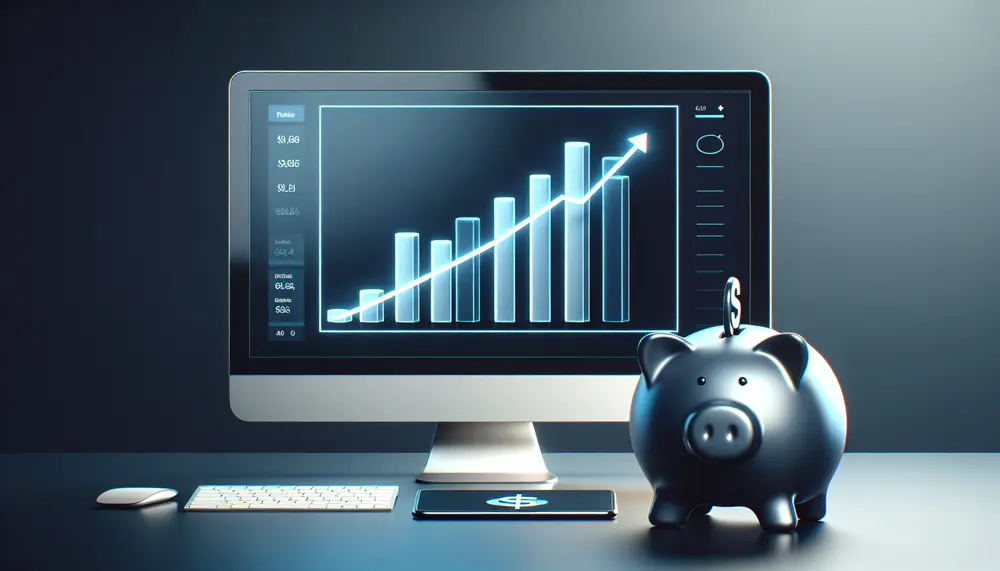Good faith deposit
Good faith deposit
Understanding the Concept of 'Good Faith Deposit'
If you're new to the world of trading, then you probably came across countless terms that might seem confusing. One such term is 'Good Faith Deposit'. So, what exactly is a Good Faith Deposit in the trading world? Let's break it down.
Defining 'Good Faith Deposit'
The term 'Good Faith Deposit' is often used in the trading world and it refers to the money that a buyer puts upfront as a sign that they have the intent and ability to fulfill a contract. The main purpose of this deposit is to reassure the party selling the contract that the buyer will follow through on their end of the deal.
Why is a 'Good Faith Deposit' Important?
In the volatile trading environment, a Good Faith Deposit is necessary as it provides a layer of protection for the seller. If the buyer decides not to complete the transaction, the seller can retain the deposit to compensate for the lost opportunity to sell to someone else. It provides assurance and security for both parties involved in a transaction.
Applying 'Good Faith Deposit' in Trading
In trading, the amount of the Good Faith Deposit may vary, often expressed as a percentage of the total contract value. When the transaction is completed successfully, the deposit is usually returned to the buyer, often with interest. If the buyer fails to fulfill the agreed contract, the deposit may be forfeited.
Key Takeaways: 'Good Faith Deposit'
The Good Faith Deposit is a critical component in trading. It not only provides a safety net to the seller but also demonstrates the buyer's commitment to fulfill a contract. By understanding the concept, you can navigate the trading world better, knowing your rights and obligations when entering a contract.
Blog Posts with the term: Good faith deposit

The article explains the concept of crypto margin trading, which involves borrowing funds to trade with more money than is currently in one's account. It discusses the mechanics of margin trading, the advantages and disadvantages, and the role of cryptocurrencies...


